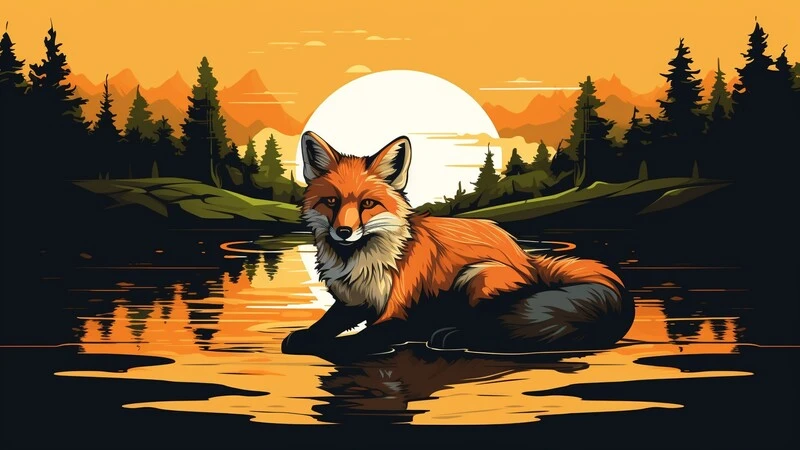Drawing a wolf can be a rewarding experience for artists of all skill levels. Wolves are majestic creatures, known for their striking features and expressive eyes. This article will guide you through the process of drawing a wolf, from basic shapes to intricate details. Whether you’re a beginner or an experienced artist, you’ll find valuable tips to enhance your skills.
Preparing to Draw a Wolf
Before you start drawing, gather all the necessary materials. You will need pencils of various grades, an eraser, a sharpener, and drawing paper. It’s also helpful to have reference images of wolves to guide your drawing.
Selecting Reference Images
Choosing the right reference images is crucial. Look for high-quality photos that show the wolf from different angles. Pay attention to details such as the texture of the fur, the shape of the eyes, and the positioning of the ears. These elements will help you create a more realistic drawing.
Setting Up Your Workspace
A comfortable workspace is essential for a successful drawing session. Make sure you have good lighting and enough space to move your hand freely. Organize your materials so they are within easy reach. Having a clean and clutter-free workspace will help you focus better on your drawing.
Starting with Basic Shapes
Begin your drawing by sketching basic shapes. These shapes will serve as the foundation for your wolf drawing. Use light, loose lines so you can easily adjust them later.
Drawing the Head and Body
Start by drawing a circle for the head and an oval for the body. Connect these shapes with a curved line to form the neck. Add two triangles on top of the head for the ears. Keep your lines light and loose, as you will refine them in later steps.
Adding Limbs and Tail
Next, sketch the limbs and tail. Draw elongated ovals for the front and hind legs. Add a curved line for the tail, making it thicker at the base and tapering towards the end. Again, use light lines to make adjustments easier.
Refining the Outline
Once you have the basic shapes in place, begin refining the outline of your wolf. This step involves adding details and defining the contours of the wolf’s body.
Detailing the Head
Focus on the head first. Refine the shape of the ears, making them more pointed. Draw the eyes, nose, and mouth, paying attention to their placement and proportions. Use reference images to capture the wolf’s expressive features accurately.
Shaping the Body and Limbs
Move on to the body and limbs. Smooth out the lines and add curves to represent the muscles and joints. Draw the paws, making sure to include the individual toes. Adjust the proportions as needed to achieve a natural look.
Defining the Tail
Finally, refine the shape of the tail. Wolves have bushy tails, so add volume to your initial line. Use quick, short strokes to indicate the fur texture.
Adding Details and Texture
With the outline complete, it’s time to add details and texture to your drawing. This step will bring your wolf to life, giving it a realistic appearance.
Texturing the Fur
Fur texture is crucial for a realistic wolf drawing. Use short, quick strokes to create the appearance of fur. Vary the length and direction of your strokes to mimic the natural flow of the fur. Pay special attention to areas like the neck, chest, and tail, where the fur is denser.
Enhancing the Eyes
The eyes are a focal point in any animal drawing. To make them stand out, add shading and highlights. Use a soft pencil to create shadows around the eyes and a sharp pencil to draw the iris and pupils. Leave small white spots to represent reflections of light.
Adding Final Touches
Add final touches to your drawing by refining any remaining details. Check the proportions and make any necessary adjustments. Add shading to enhance the three-dimensional effect. Blend your shading with a blending stump or tissue for a smooth finish.
Conclusion
Drawing a wolf requires patience and practice, but the results are incredibly rewarding. By following these steps, you can create a realistic and expressive wolf drawing. Remember to use reference images, start with basic shapes, and gradually add details and texture. With time and dedication, your skills will improve, and you’ll be able to capture the majestic beauty of wolves in your artwork.
By mastering the art of drawing a wolf, you not only enhance your artistic skills but also gain a deeper appreciation for these magnificent creatures. So, grab your pencils and start drawing.
